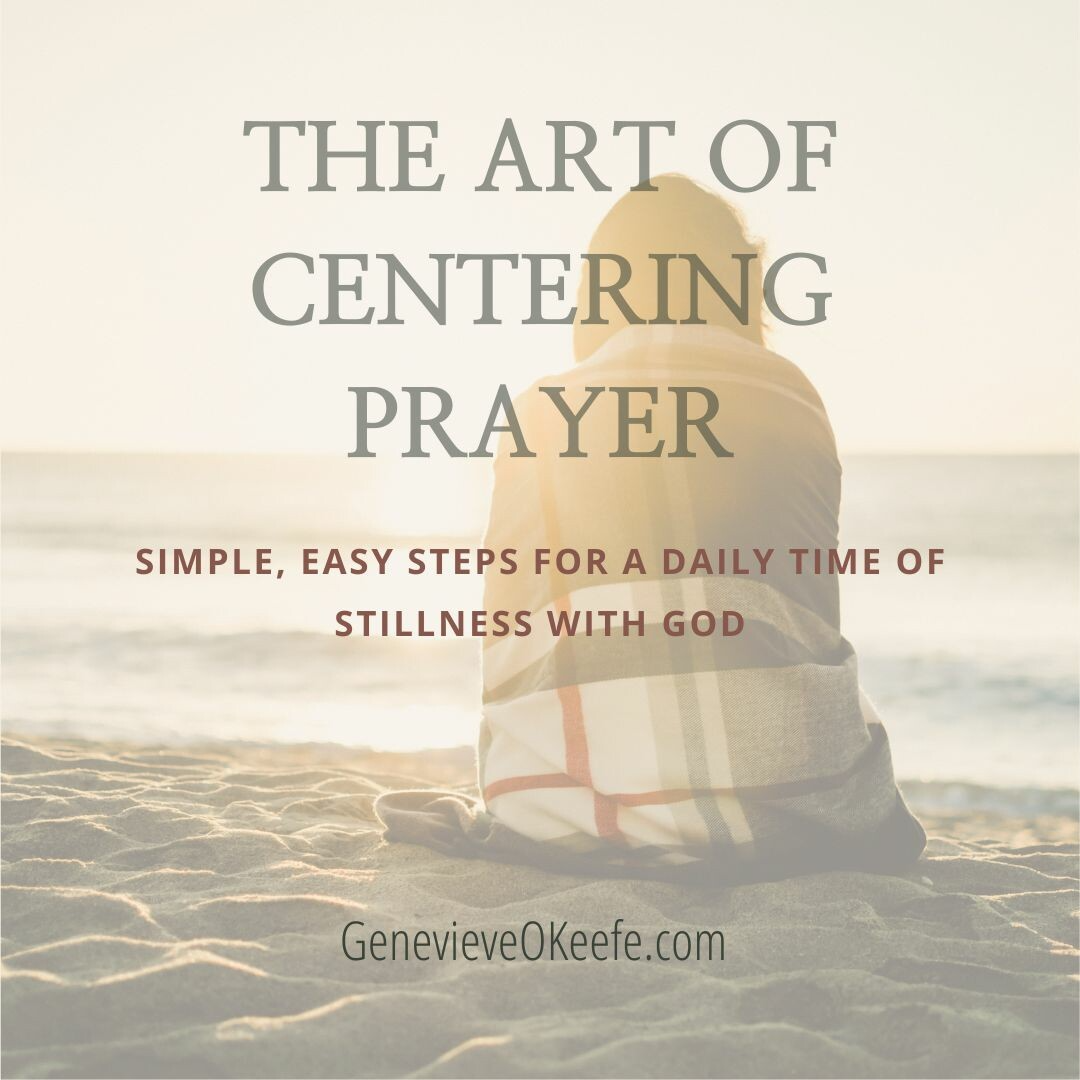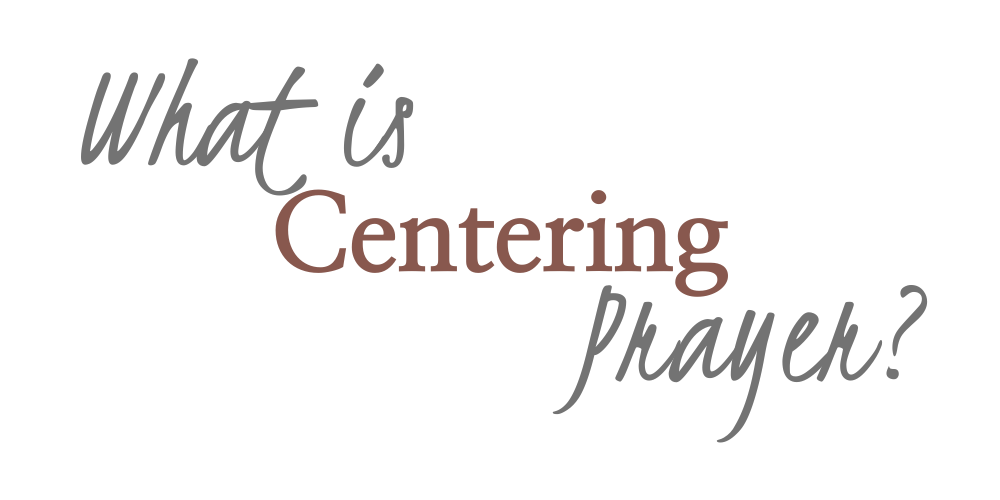

Centering Prayer is a method of meditation used by Christians placing a strong emphasis on interior silence.
Research has shown that there are numerous psycho-physiological benefits to this type of prayer, including the fact that it may
physically change the brain and body in a good way.
The practice of stillness is a great way to engage the mind, energize the body and balance the emotions while connecting to our Creator.
THE BASICS
"Prayer is not a request for God's favors... Genuine prayer is based on recognizing the Origin of all that exists, and opening ourselves to it"
~ Cynthia Bourgeault (Author of Centering Prayer and Inner Awakening)
CENTERING PRAYER DEFINED
It is a surrender method of meditation, or contemplative prayer, that reaches back to the early days of Christianity.
While engaging in prayer, the mind may benefit in the following ways: thinking more deeply, better introspection while offering a better blood flow to the brain, which may lead to an increase in grey matter. With all that going on a person may enjoy better focus, a longer attention span and improved memory.
There are also some amazing effects meditation has on the physical body: Meditation when practiced on a regular basis may offer both relaxation and energizing benefits at the same time, as well as improved immune function, pain relief and reduction of inflammation.
On the emotional side of things: there have been reports of an increase in positive emotions and the lowering of depression, anxiety and stress. An increase in emotional and social intelligence may also be a result of a time of stillness. When incorporating a daily time of prayer into a busy schedule, some have reported a higher level of compassion, emotional balance, a decrease in loneliness and a sense of calmness.
There are also some amazing effects meditation has on the physical body: Meditation when practiced on a regular basis may offer both relaxation and energizing benefits at the same time, as well as improved immune function, pain relief and reduction of inflammation.
On the emotional side of things: there have been reports of an increase in positive emotions and the lowering of depression, anxiety and stress. An increase in emotional and social intelligence may also be a result of a time of stillness. When incorporating a daily time of prayer into a busy schedule, some have reported a higher level of compassion, emotional balance, a decrease in loneliness and a sense of calmness.
How to begin...
M. Basil Pennington (an American Roman Catholic Trappist monk and priest) suggests these steps for practicing Centering Prayer:
- Sit comfortably with your eyes closed, relax, and quiet yourself. Be in love and faith to God.
- Choose a sacred word that best supports your sincere intention to be in the Lord's presence and open to His divine action within you.
- Let that word be gently present as your symbol of your sincere intention to be in the Lord's presence and open to His divine action within you.
- Whenever you become aware of anything (thoughts, feelings, perceptions, images, associations, etc.), simply return to your sacred word, your anchor.
In addition, Fr. Thomas Keating writes, “The method consists in letting go of every kind of thought during prayer, even the most devout thoughts.”
In centering prayer, the participant seeks the presence of God directly. The participant's aim is to be present to the Lord, to "consent to God's presence and action during the time of prayer." Centering Prayer advocates link the practice of centering prayer to traditional forms of Christian meditation, such as using a "sacred word" and Lectio Divina.
In practice, the "sacred word" is useful in the rhythmic breathing in and breathing out, but it is not the focus. Centering Prayer is simply a time to quiet the mind and consent to the presence of God... it is a time to simply enjoy God's presence.
Lectio Divina
Lectio Divina a contemplative way of reading the Bible. It dates back to the early centuries of the Christian Church and was established as a monastic practice by Benedict in the 6th century.
About Me:
Hi!
I'm Genevieve,
I love long hikes, good books, healthy food, and Jesus.
Follow me if you're curious about:
HIKING
...and how to maintain a strong body.
GLUTEN-FREE/DAIRY-FREE RECIPES
...that actually taste good!
GRACEFUL AGING
...both inside and out.
...experience the freedom of walking alongside Jesus in business and in life!

